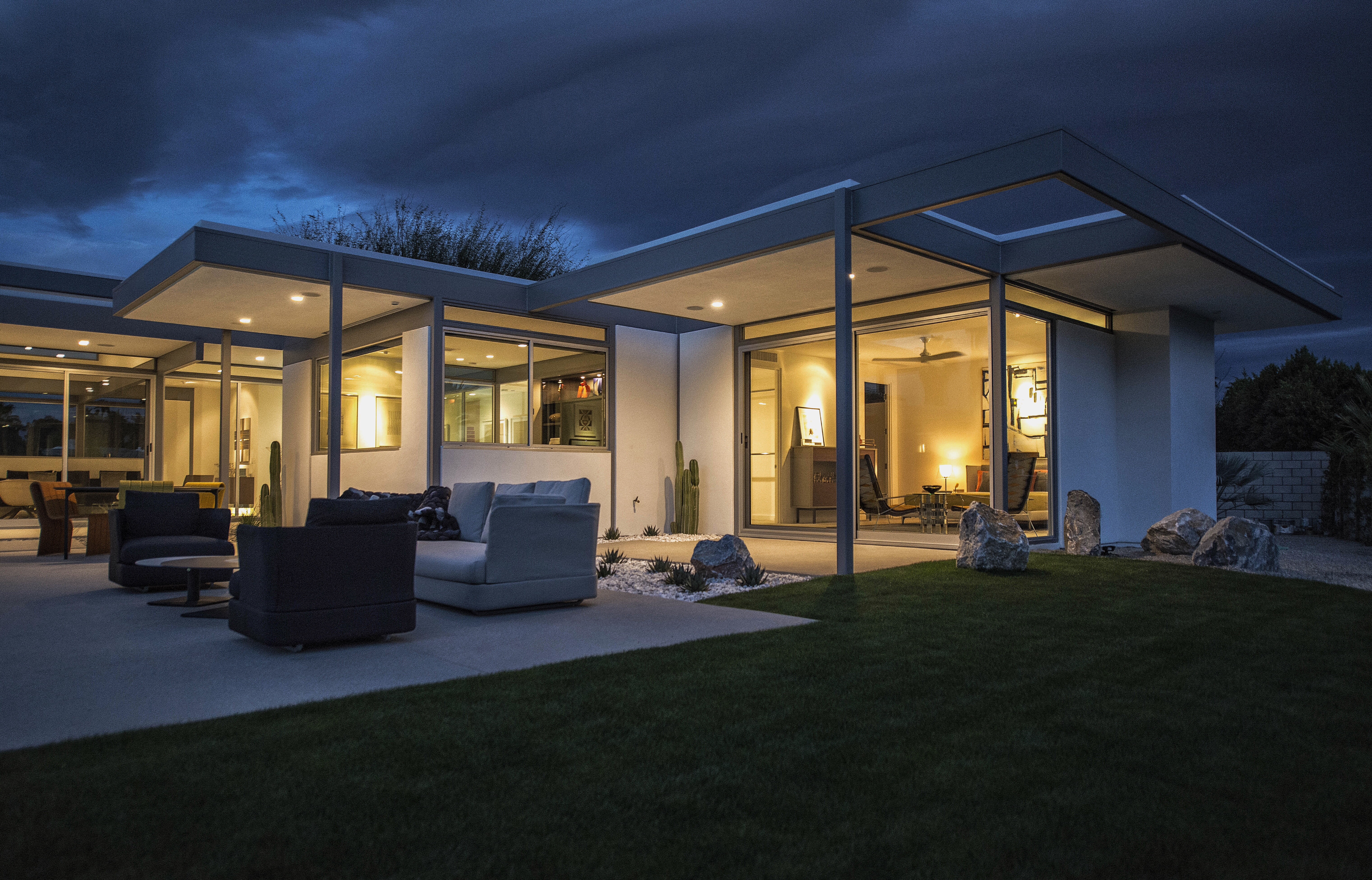Negative gearing vs positive gearing
March 06 2019If you’re looking to buy an investment property, one of the first decisions is whether to take out a loan. Borrowing money to invest is known as ‘gearing’ and whether you’re positively geared or negatively geared depends on whether you’re making a profit or a loss on your investment.
Negative gearing
If a property is negatively geared, the cost of owning the property is higher than the income it generates. This is common where the income from rent is less that the costs of owning the property.
While making a loss can be unsettling, it can be an acceptable investment strategy if you expect your property to increase in value in the future, known as capital gain.
Having a negatively geared property will reduce your taxable income, which will reduce the amount of tax you pay. It’s important to remember that if you’re making a loss your investment is costing you money, regardless of any reduction in tax.
Having a negatively geared property can also make it harder to build your portfolio as you’ll have more out-of-pocket expenses than if you had a property that was breaking even or making a profit.
Before you negatively gear a property, make sure you can afford the ongoing expenses of owning a property including mortgage repayments, interest rate rises, maintenance and strata or body corporate fees.
Positive gearing
Positive gearing is when the income from your investment property is higher than your interest and other ongoing expenses, so you are making a profit.
Your investment property will be classed as a source of income, so you’ll have to pay tax on any profit earned.
Many investors use the profit from an investment to improve their financial position by paying down their mortgage or saving for a deposit on another property to build their portfolio.
Read the full article: https://www.racq.com.au/Living/Articles/Negative-gearing-vs-positive-gearing
